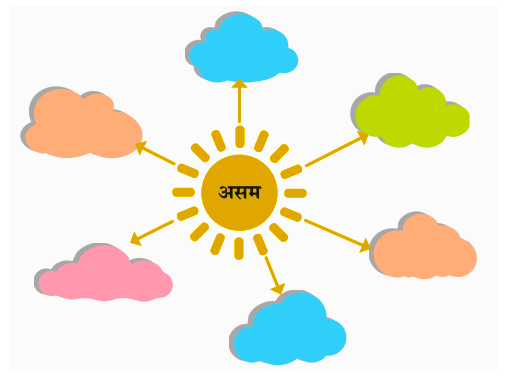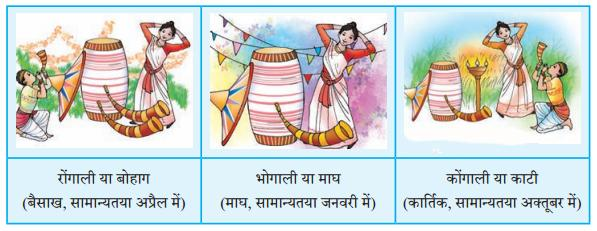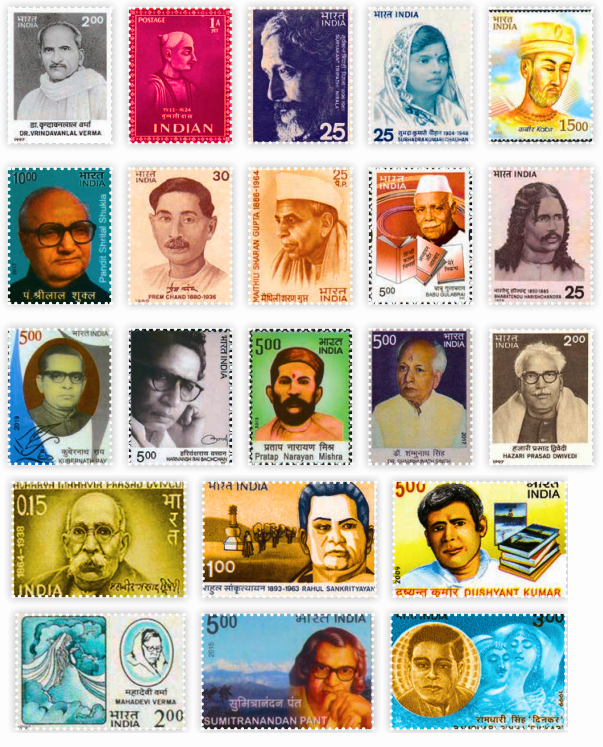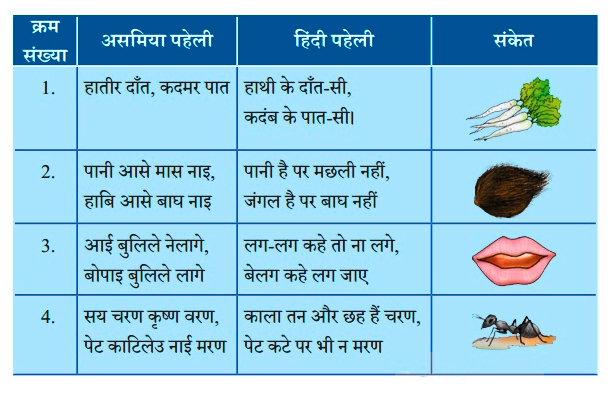NCERT Solutions for Class 6 Hindi (Malhar) Chapter 8 Sattriya Aur Bihu Nritya (जया मेहता) - FREE PDF Download
FAQs on NCERT Solutions for Class 6 Hindi Malhar Chapter 8 Sattriya Aur Bihu Nritya (सत्रिया और बिहू नृत्य)
1. What are NCERT Solutions for Class 6 Hindi Chapter 8 Sattriya Aur Bihu Nritya?
NCERT Solutions for Class 6 Hindi Chapter 8 provide stepwise, CBSE-aligned answers to all textbook questions in the chapter ‘Sattriya Aur Bihu Nritya’. They help students understand the story, grasp cultural concepts, and accurately complete assignments as per the 2025–26 syllabus.
2. How do NCERT Solutions for Class 6 Hindi Chapter 8 help students understand the significance of Sattriya and Bihu dances?
Class 6 Hindi NCERT Solutions explain the historical and cultural importance of Sattriya and Bihu dances of Assam through detailed answers and context-based explanations, fostering deeper appreciation for India's folk traditions.
3. What is the main theme of 'Sattriya Aur Bihu Nritya' as explored in the NCERT Solutions?
The main theme is the rich cultural heritage of Assam, expressed through traditional dances. The chapter, as explained in the NCERT Solutions, emphasizes cultural diversity, unity, and the role of dance and music in expressing collective emotions.
4. How can CBSE students use Class 6 Hindi Chapter 8 NCERT Solutions to answer ‘meri samajh se’ (comprehension) questions correctly?
By following the step-by-step approaches and clear answer examples in NCERT Solutions for Class 6 Hindi Chapter 8, students can confidently tackle ‘meri samajh se’ and inference-based questions, accurately reflecting their understanding in school exams.
5. In NCERT Solutions for Class 6 Hindi Chapter 8, how is the development of Sattriya dance tradition described over time?
The NCERT Solutions highlight that Sattriya dance, once restricted to male performers in Assam’s Vaishnav monasteries, has evolved to be performed by women and is now widely presented on public stages, showing the progressive nature of cultural traditions.
6. Why is the friendship between Angela and Anu central to the story, according to the NCERT Solutions?
NCERT Solutions explain that Angela and Anu’s friendship acts as a cultural bridge, helping Angela experience Assamese traditions firsthand, and symbolizing the sharing and understanding of diverse global cultures among young learners.
7. What are the different types of Bihu described in the Chapter 8 NCERT Solutions for Class 6 Hindi?
- Rongali (Bohag) Bihu: Celebrates the Assamese New Year and sowing season in April.
- Bhogali (Magh) Bihu: Harvest festival marked by feasting in January.
- Kongali (Kati) Bihu: More solemn, marking the completion of sowing in October.
8. How do the NCERT Solutions for Class 6 Hindi Chapter 8 encourage students to appreciate India’s cultural diversity?
Through analytical and open-ended questions, NCERT Solutions encourage students to compare their own regional dances and festivals with those in the chapter, promoting a broader understanding and respect for India’s diverse traditions.
9. According to NCERT Solutions for Class 6 Hindi Chapter 8, what impact did the Assam experience have on Angela after returning to London?
Angela remains deeply influenced by Assamese dance and culture. The solutions note she continues to practice Bihu and Sattriya, and shares these traditions with her classmates, underscoring the story’s theme of lasting cultural exchange.
10. What are some key exam tips for answering textbook questions from ‘Sattriya Aur Bihu Nritya’ using NCERT Solutions?
- Read all questions carefully and refer to the stepwise solutions for structure.
- Use specific cultural terms (like Sattriya, Bihu, Rongali, Bhogali, Kongali) as indicated in the answers.
- Always support your answers with examples from the chapter for full CBSE marks, as modeled in the solutions.
11. What lessons about Indian cultural values are emphasized in NCERT Solutions for Class 6 Hindi Chapter 8?
The solutions highlight respect for tradition, family bonds, community celebrations, and appreciation for diversity as major values depicted through the story and its characters’ experiences.
12. How do NCERT Solutions for Class 6 Hindi Chapter 8 prepare students for HOTS (Higher Order Thinking Skills) questions?
NCERT Solutions develop HOTS by requiring analysis of character motivations, cultural comparisons, and inferences about social change, helping students excel in application and understanding-based exam questions.
13. Why do the NCERT Solutions stress the connection between dance, music, and societal expression in Chapter 8?
Because dance and music are shown as universal means of expressing joy, community, and cultural stories, as supported by chapter examples and explained in the solutions for deeper student understanding.
14. What are some common misconceptions about Sattriya and Bihu that the NCERT Solutions help clarify?
- Sattriya is not just a folk dance—it is a classical, devotional tradition with deep roots in Assamese monasteries.
- Bihu is not a single festival, but three major celebrations marking different agricultural events.
- NCERT Solutions clarify these distinctions for exam accuracy.
15. How do the Class 6 Hindi Chapter 8 NCERT Solutions support students in improving their overall writing skills?
Solutions offer model answers, cultural vocabulary, and structured explanations that help students present clear, concise, and well-organized responses in Hindi, improving both language and exam performance as per CBSE standards.
































